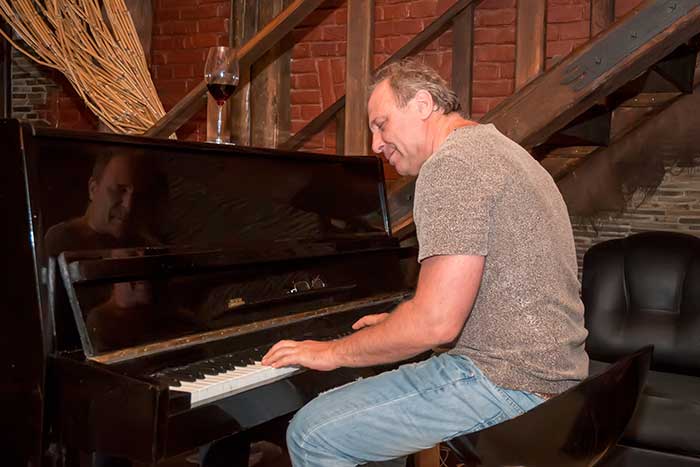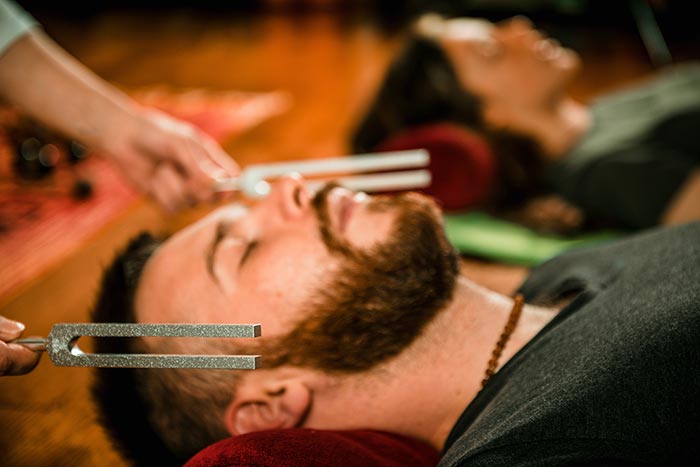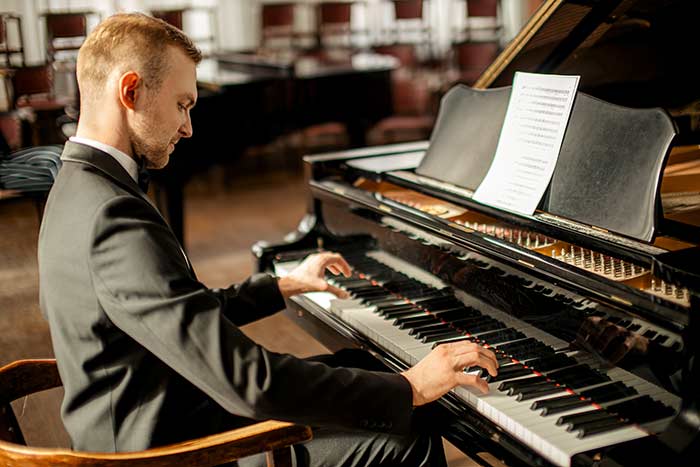The first thing, before structuring your piano practice is to recognise the importance of practising your instrument.
Why practise?
Or even structure your practice time?
Or even structure your practice time?
Firstly: Reasons are quite logical but still important to recognise because, without consistent practice and diligence, you probably will stop before reaching that long-desired dream to play or perform a beautiful song or that classical piece that you love – be it Mozart’s Turkish Rhapsody or Ludwig Van Beethoven’s Moonlight Sonata or Debussy’s Clair de Lune or the jazz classic called Autumn Leaves.
Secondly: There is the important need for finger technique and skills needed to perform and enjoy your piano playing, which can only be achieved by serious practise and diligence. Because muscles are involved it is pertinent that they are practised and developed continuously and preferably on a daily basis.
Thirdly: There is also the utmost importance of developing ear memory and the response between ear and fingers on the piano or keyboard, which also needs constant practice in listening skills and feel of keys.
This brings us to the conclusion that practise can not be done flippantly or on a “whenever-I-like-it” basis should one want to progress well and fulfil your desires.
In order to develop and at the end enjoy playing (like any other sport or discipline) – there needs to be consistent practise on a daily basis with concentration and a worked-out plan at a set time in specific private space or room.
Finding a good way to motivate one is of importance to keep your interest, and it’s also pertinent to have fun and try not to do too much when starting out.
Some people are very tedious in doing things and loves the clockwork of practice in a set worked out way.
Like 15 minutes of technique and then this and that etc.
Others practise in a more creative way.
Whichever way you practise is not as important as that it is meaningful and helps you reach your goals.
It can help a lot though, to have a worked out schedule.
Here is a short example of structuring your piano practice:
You need to find a suitable time and space that will work for you every day.
As a child, we had to wake up early at 5 am to each (we were 3 siblings) have a half-hour practise of piano 6 days a week. Well, 5 o’clock in the morning may work for you, but not for others or the neighbour! We were living in a house far from neighbours, so that was perfect for us. I do now, however, enjoy practising at night when no one can disturb.
Plan a set time
It’s important to plan a set time for every day so that it’s part of your daily schedule. Like before dinner or before work – if you are really motivated.
Try to find a time that is mostly available like just before bedtime or after lunch etc.
Practise in a private room if possible
It’s very distracting to practise in an area where there are continuous movement or people as it will distract you and one often feel embarrassed when struggling with a difficult piece or scale.
It’s much better to put your portable keyboard in a totally private space if at all possible.
If you have a proper acoustic piano in an open space, you will have to decide on a suitable time to practise when little people are around.
The advantage of having a portable instrument is great for practice. Also, the fact that one can put headphones on at night.
Please see our advice for good available portable keyboards or rather practise pianos available for your specific need. There are many good digital pianos around. You can view our recommendations on the following page: https://www.londonpianoinstitute.co.uk/beginners/recommended-digital-piano/
Structuring of your practice time into small sections.
One can structure the practise time as you feel like.
Some thrive on a set worked out schedule, and others love the freedom of doing what they feel to practise – yet just playing around and not having a plan can end up in not really finishing off a piece and moving forward slowly.
So best is to work out a schedule of what you need to work on and try to stick to it.
It’s good to at least build the following into a good practice time:
Depending on the time you have available – divide your time it up into 3 basic parts:
Number 1: Practise of technique, scales and sightreading
Number 2: Pieces (Repertoire)
Number 3: Playing or creating or improvisation
For instance, if you have a half-hour available – work with a clock so that you can structure your time into 10 or 15-minute slots for whatever you are planning to practise on.
Here is a basic structured plan for a one hour of daily practice time:
- Start your first 20 minutes with technique or finger work and scales – should you be working on a graded examination which includes scales. All scale practise are good for technique and especially to develop a feel for the different keys.
- The next half hour – practise your repertoire which is not yet conquered. If you have 2 or 3 pieces to practise, divide your time available into small time slots of 10 or 15 minutes. Practise the planned parts you need to give attention to. Mark it clearly so that you practise from various points in the specific piece – not just from the start. It helps to always have a pencil at hand and even freely mark your sheet music into different sections to practise at different times.
- For the last 10 for 15 minutes just play and experiment with new sounds by improvising and flowing, trying out new sounds or makeup something on the spot. This is very important not to get stuck with written material or notes but to be able to be creative and flow in your own style. Play anything even if it sounds a bit bizarre. You might just start to enjoy some interesting new sounds and find your own sound which gives one a lot of freedom to play at will and with great enjoyment. Enjoy being a child in front of your instrument for at least 10 minutes! Allow yourself to improvise. It breaks the cookie-cutter mentality and perfectionism that life wants to push on us and brings great release and creativity. Just being you!
Length of practise time:
Length of practise time totally depends on the goal and what the learner intends to achieve in learning an instrument. If it’s only for relaxation, practising should rather be too short than too long and boring.
For the more advanced student practise time could be much longer than the 1-hour example given, maybe an hour or two or even more depending on your goal.
For the total adult beginner or younger players – 15 minutes to a half-hour should be fine to start with daily.
For the very young beginners – 10 minutes should be fine, depending on the willingness and concentration span of the child.
Importance of patience:
It’s important to enjoy the little improvements one sees. Sometimes it feels like “there’s no change!”, but just keep at it.
The practice of today many times only shows in the next week, but be sure that it does make a difference and before long – your dreams will come true!
Keep at it – and never never never give up! (In the words of Winston Churchill!)
Lastly – please remember that if you only do hard practise without just flowing and enjoying and creating music, it can become one tedious work and most beginners will probably soon stop their lessons.
So make sure you enjoy it!
Little by little!







